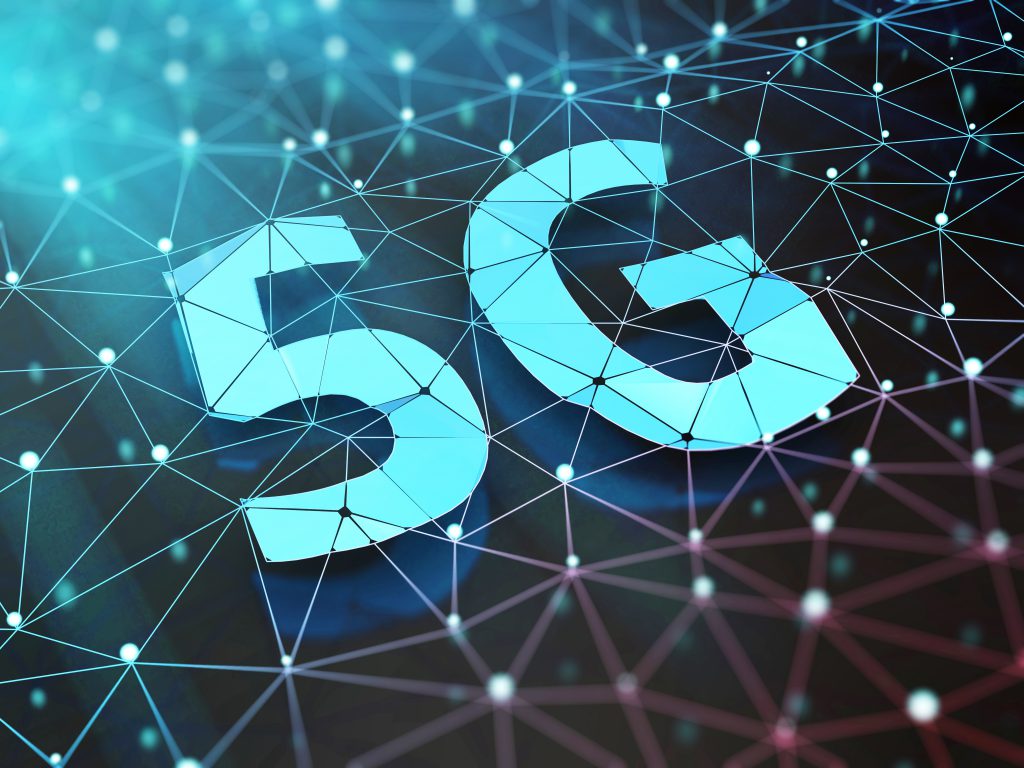FM & BD Technology Technology, Solutions and Innovations
Is 5G Here Already?
Think your superfast 4G phone is fancy? Stand back, because fifth-generation wireless technology – 5G – has been shown off at the Winter Olympic Games in Pyeongchang, a live network has been launched in Qatar, and more are launching later this year in the US.
Yet the actual standards for 5G are only expected to be finalised in 2019 and 2020.
If this sounds back to front, that’s because it is. But it’s not entirely unexpected for the cellular telecoms industry.
Many of the same organisations who build networking equipment are involved in developing standards. They help define the technical requirements, and are able to begin research and development on the technology while the standardisation process runs its course.
Chipset designers and equipment manufacturers have a vested interest in making sure the evolution to new technology happens at a good pace. Vendors such as Qualcomm want device-makers to buy new modem chips, while companies like Samsung, Huawei, Ericsson and Nokia want operators to buy new networking equipment.
Samsung and Huawei have the additional incentive that they want to encourage consumers to upgrade their phones – and the first 5G phones will no doubt create some interest.
Qualcomm, which has the largest market-share of any vendor for smartphone processors, has been working on its 5G-capable modem, the Snapdragon X50, since 2016. The firm announced earlier this year that several manufacturers will be using the X50 to build 5G-capable devices. The first of these is expected to launch commercially in 2019.
Chinese rival Huawei, meanwhile, has already released a 5G router which uses the company’s own Balong 5G01 chipset.
Both Qualcomm and Huawei have developed their products using the technical standards adopted by the 3rd Generation Partnership Project (3GPP) in late 2017. Standards are important in telecoms, because without them there’s no guarantee that one manufacturer’s 5G phone will work on another manufacturer’s 5G network. The 3GPP is an organisation which was instrumental in drawing up similar standards for 3G and 4G/LTE networking.
Officially, however, the 3GPP standards have to be ratified by the International Telecommunications Union (ITU) before they can be called 5G. The ITU is the body officially tasked with determining whether the standards qualify as 5G, which it aims to do by 2020.
Even though the 5G devices are only expected to be generally available in 2019, operators are still pushing to deploy what they say are 5G-capable networks this year.
Ooredoo from Qatar, for example, claimed in May that it was the first operator to launch a 5G network. The service is live in Doha, although there are no users able to take advantage of it yet.
Carriers in the US have also promised to add 5G capabilities to their networks by the end of 2018. Verizon said it would roll out fixed wireless services, as opposed to mobile networks, in Sacramento, Los Angeles, Indianapolis and Houston. AT&T said it would roll out mobile 5G services in parts of Atlanta, Dallas and Waco.
In South Africa, Comsol Networks has begun a joint trial with Verizon and Samsung for a 5G fixed-wireless network. The trial is being conducted in the high frequency “millimetre wave” band of 28GHz. Comsol already has the licence to use a portion of the 28GHz spectrum, which it plans to use for a network in major cities.
However, this high-frequency spectrum earmarked for 5G comes with a technical limitation. The 28GHz spectrum that Comsol has access to is suitable for outdoor coverage, but signals at this wavelength struggle to penetrate solid objects, such as walls.
By comparison, today’s cellphones in South Africa communicate within a range of frequencies between 900MHz and 2.3GHz.
Comsol could still use its service to connect homes and offices by mounting an external antenna on buildings, but not through a simple router you buy off the shelf, plug a SIM into and stand on a desk.
Iain Stevenson, the CEO of Comsol, says that his firm is investigating solutions, such as “small cells” – which create a small local wireless network – to mitigate the cost and penetration limits that are inherent in 28GHz spectrum.
He also says it aims to deliver a wireless service which rivals local fibre offerings by early 2019.






 Sign-up and receive the Business Media MAGS newsletter OR SA Mining newsletter straight to your inbox.
Sign-up and receive the Business Media MAGS newsletter OR SA Mining newsletter straight to your inbox.